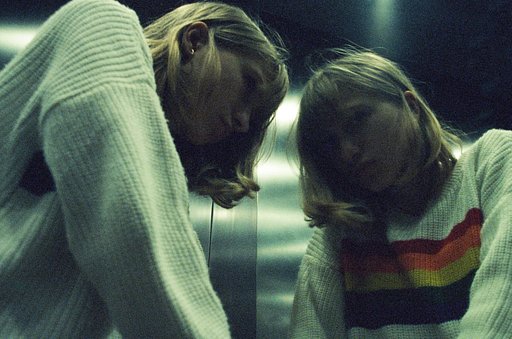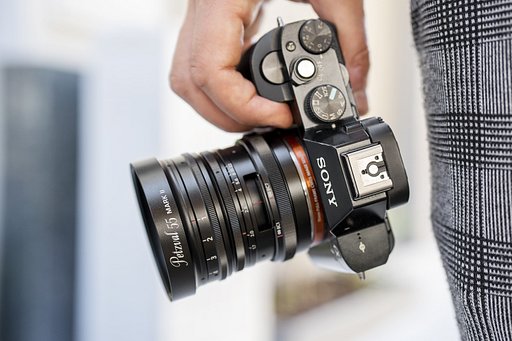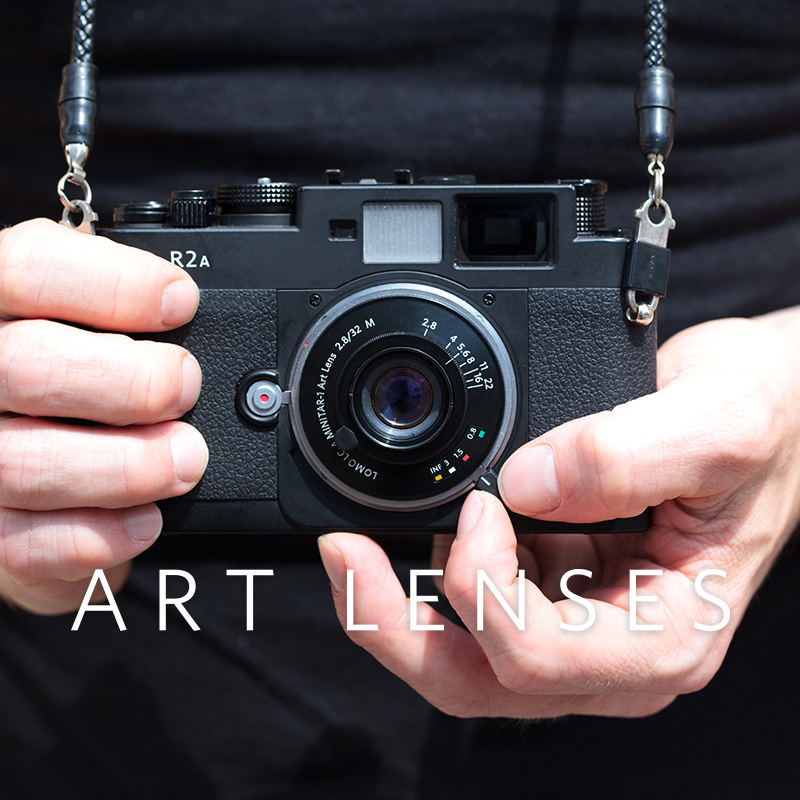Myles Ross's "Two Day Eternity" Explores the Relationship Between Movement and Photography
4Minnesota-based photographer Myles Ross is no stranger to the art of parkour, with a particular interest in the relationship between the movement of the traceur's body, the environment, and the voyeuristic viewpoint of his lens.
For his latest zine "two day eternity" Myles took to the road—with a full stock of Lomography Color Negative 800 film on hand—and spent two days shooting parkour in Colorado, treating the sport as an art form in and of itself.
"The intention behind this project is to showcase, to the best of my artistic ability, the interaction between: a practitioner and their movement, their movement and their environment, their environment and their filmer, and their filmer and themselves. These four truths can, in theory be captured on one roll of 35 mm formatted as two overlapping compositions joined as one. Their crossing point only really serves as a visual bridge between two subjects while the areas that do not intersect, are what really make up the content of the piece," Myles said in the project statement.
The zine and compositions were recently part of a group show in Prague, exhibiting various international artists and their relationships with parkour.

Hi Myles, welcome to Lomography Magazine! Can you start off by telling us a bit about yourself and your background in photography?
I began shooting photos seven years ago. At the time it was just something I enjoyed to accompany my time with friends while we explored our city so my "work" mostly consisted of landscape and very generic street photography.
I think everything changed after 2020 when I started shooting film. My best friend, Eric, began walking around with a point-and-shoot and we started spending a lot of time in his room watching film photography YouTube. I grabbed a point-and-shoot shortly after (which broke on me after the first roll I put through it) and I haven't stopped shooting since.
Now I mostly shoot parkour, bands, artists, and go on photo walks. Over the last year and a half I've been working as a film lab technician in Minneapolis, Minnesota while I commit as much focus as I can muster towards different photography projects.

Can you tell us about the concept behind your recent project?
For this featured body of work, my hope was to showcase certain elements of parkour that fall into relationship with one another.
I broke it down simply to the highlighted practitioner, their environment, how they choose to move in their space, and their "filmer."
I had been having a difficult time figuring out how to capture or display these in action together but then I saw an example of someone shooting 35 mm through an RB67. I thought about how long the frame was, with the exposed sprocket holes and all, and how much room to play you'd have if you were to overlap two photos of that dimension. On top of this, realizing I would be able to show off the beginning and aftermath of someone's movement as well as physically display a larger picture of the whole puzzle by choosing different angles with each overlapping exposure. . . this was what solidified the project in my mind. I had found my medium.
I was to shoot 35 mm through my Pentax 6x7 MLU, then scan the images and join them in photoshop. Originally I was going to contact print them over one another but the light would have passed through the film unevenly where the two joined and it would've been near impossible to match them perfectly just by arranging the negatives so I settled for keeping the post process strictly digital until print.
What made you start shooting parkour on film?
During the time that I started practicing parkour seriously I was already shooting film so the two just went together very naturally. I think shooting film is a very limiting decision to make but opens your mind to a greater depth in creativity and sets your intentions in stone.
Oftentimes I was forced to be very conservative with my photo count and this taught me to be patient with my shot. I stopped taking photos until I knew one of my friends was going to commit to a big jump, or a trick, or the end of a line.
I attribute shooting film largely to making me a better photographer and, on top of the friends I consider family that pushed me, I think the rawness and slow process of shooting film made me understand parkour and my relationship with it better as well. I had gone from just focusing on shooting big tricks, to paying mind to the intimacies between myself, the walls I was touching, the bars I was swinging on and micro features of a concrete slab I was playing with, or just the look on my friends faces while they were trying to put together a line.
It all sort of opened up to me and there were so many different ways to take a photo.
Why shoot with Lomography Color Negative 800 film as opposed to other color negative film stocks?
I think I was attracted to Lomo 800 at first because of its box speed giving allowance to a higher range of shutter speeds. On top of that, I really appreciate that there was another true-to-life toned film stock besides Portra that also came with its own subtle uniqueness in color. I'm extremely pleased with the results and can say that this stock was perfect for my project.
Is there anything in particular that inspired you to create your panoramic collages? How does this formatting complement your vision?
As I previously stated, I believe the real inspiration for creating the collages was the limitation of range in just one photo. So much happens between the time that a parkour practitioner starts a string of movements or a "line", ends it, and walks back to check out the footage. To be able to take two photos and make them one, allowed me to show off much more of what's really going on during this time.
Do you have any tips or tricks that you can share for those interested in shooting parkour or other sports on film?
I'd say a great practice for shooting parkour or other action sports like skateboarding is switching subjects very religiously throughout your time shooting.
If you're going to focus on a specific person, examine what colors stand out around them, what the dude sitting next to them is doing, if their shoes are tied, how the collar of their shirt is ripped, what they're putting their hands on, who they're talking to between repetitions, the shapes in the concrete, where the light is falling, where the shade is lingering, any minute detail you can find interesting about how they interact with their space and what they do in the time between. It's all important and you begin to find a sort of love for all of it.
The photo is always there, I think it's just about finding the ones that call out to you personally.

Do you have a favorite shot from the project? Is there a story behind it?
My favorite shot from the project is one of my friend Ethan Rud, swinging down around a busted fence and grabbing the nearest wall in the follow through, with my other friend, Egg, filming in the parking lot.
I think the depth of the image really set the mood for the project and I was pretty happy with how much I was able to showcase in one composition.
How did you get involved in the gallery shows that your work is being exhibited in?
I made a few friends from the Czech Republic when we all gathered in Boston last year for a world wide parkour event. One of them being my friend Venda Benda, who invited me to the gallery he and the rest of his group "Avanti Garda" were hosting in Prague, after he had seen the photos I made while we were together.
It was the wildest experience ever and I'm forever grateful for the opportunity to present in such a lovely gallery with even lovelier people.
Anything else you'd like to share?
I just want to say thank you again to the team at Lomography for hooking me up with the resources to perform this project as envisioned.
Another thank you goes out to all the extremely talented homies in Colorado who I stayed with and documented over the two days the photoshoot was confined to. And the amazing Ethan Rud, who drove with me for 28 hours and shot super 8 for the project that we unfortunately will never see. Always triple check your super 8 cameras, folks.
Anyways, head over to Instagram and follow avanti_garda, ethanrud_, beansoutthecan, and dear.manor just for fun.
If you're interested in keeping up with Myles and his work, make sure to check out his website and Instagram.
written by eloffreno on 2024-06-01 #culture #people #places #travel #sports #book #street-photography #community #parkour #zine #potraiture
























No Comments